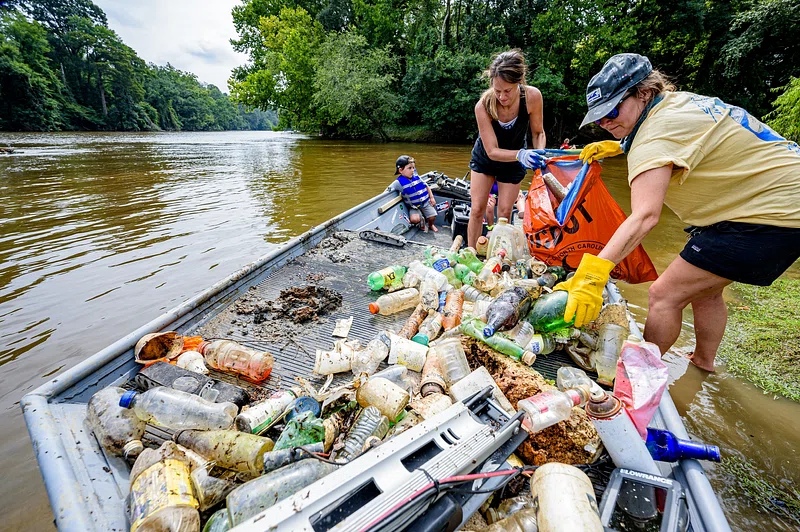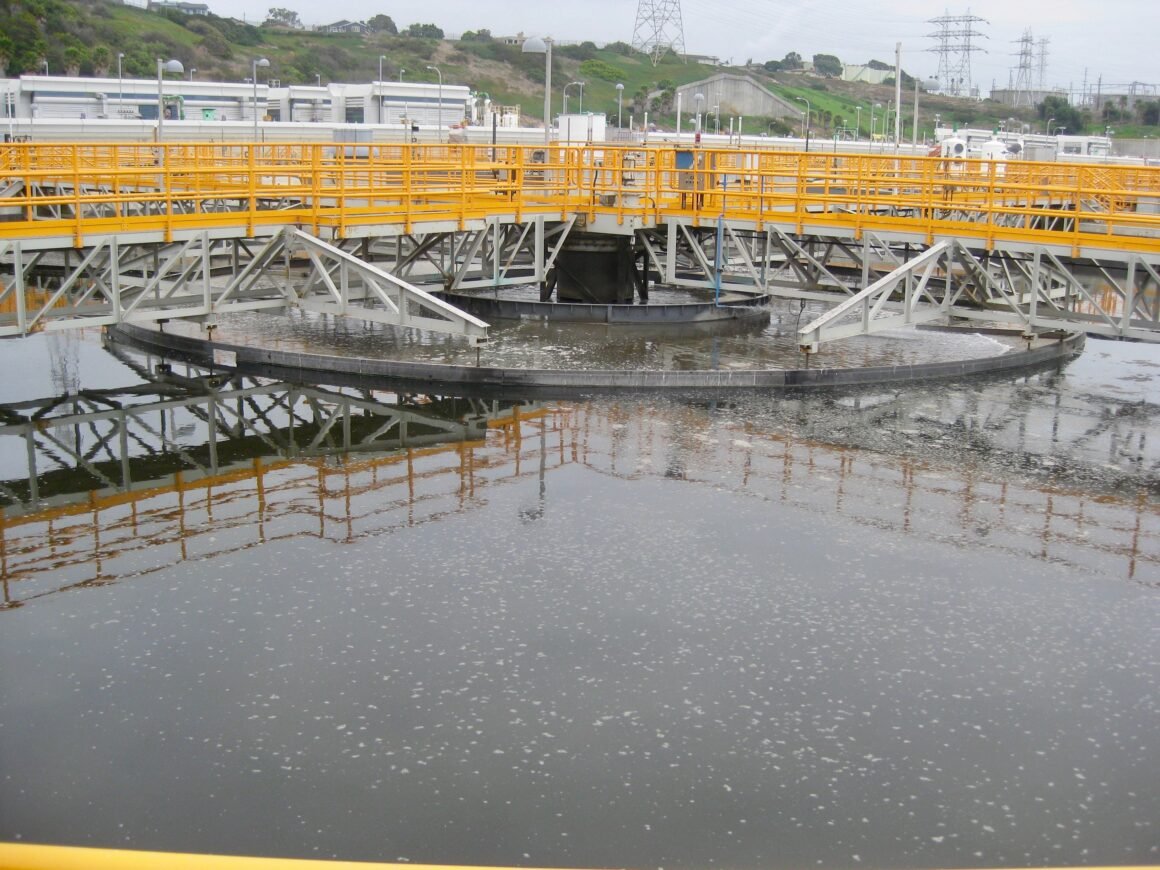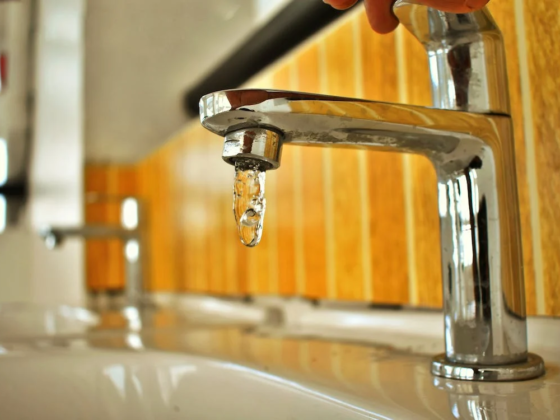Table of Contents Show
Sewage cleanup is a critical process that involves the safe and thorough removal of contaminated water and waste materials from residential, commercial, or industrial areas.
When sewage spills or overflows occur, they pose significant health risks and environmental hazards.

In this article, we will explore the importance of proper sewage cleanup and the measures taken to address and prevent contamination.
Understanding Sewage Contamination
Sewage spills and overflows can happen due to various reasons, such as heavy rainfall, blockages in the sewer system, or malfunctioning equipment.
These incidents can release raw sewage into homes, streets, or water bodies, leading to severe contamination.
The sewage itself contains an array of harmful contaminants, including bacteria, viruses, chemicals, and other pathogens.
Risks and Health Hazards
The presence of pathogens and disease-causing microorganisms in sewage is a major concern.
Exposure to these contaminants can result in illnesses like gastroenteritis, respiratory infections, and skin infections.
Additionally, untreated sewage can infiltrate groundwater and surface water, polluting the environment and posing a risk to aquatic life.
Steps in Sewage Cleanup
1. Safety Precautions
Personal Protective Equipment (PPE):
The first step in sewage cleanup is ensuring the safety of the cleanup crew. They must wear appropriate PPE, such as gloves, masks, goggles, and protective clothing, to protect themselves from exposure to hazardous substances.
Isolation and Containment:
It is crucial to isolate the affected area and set up containment barriers to prevent further spread of the contamination. This containment also helps in controlling the odor and limiting the damage.
2. Assessing the Extent of Contamination
Inspection and Evaluation:
A thorough inspection of the affected area is conducted to determine the extent of the contamination. This evaluation helps in planning the cleanup process effectively.
Testing for Bacterial Contamination:
Samples are collected and tested to identify the specific bacteria present in the sewage. This analysis helps in implementing appropriate disinfection methods.
3. Cleanup and Removal
Pumping and Drainage: Specialized equipment is used to pump out contaminated water and remove solid waste.
This process is done carefully to avoid further contamination.
Disinfection and Sanitization: After removing the sewage, the affected surfaces and materials are thoroughly disinfected and sanitized.
This step is critical to kill remaining pathogens and prevent future microbial growth.
4. Deodorization and Restoration
Eliminating Odors:
Sewage spills often leave behind unpleasant odors. Advanced deodorization techniques are employed to neutralize these odors and improve indoor air quality.
Restoring Affected Areas:
Restoration involves repairing and replacing damaged materials and structures to bring the affected areas back to their pre-contamination state.
Hiring Professional Sewage Cleanup Services
Seeking professional sewage cleanup services is paramount for handling such hazardous situations.
Trained professionals possess the knowledge, experience, and specialized equipment to carry out the cleanup safely and efficiently.
Additionally, they adhere to industry regulations and safety standards, ensuring a thorough cleanup process.
Preventive Measures
1. Regular Maintenance
Inspecting Sewer Systems:
Regular inspections of sewer systems can identify potential issues early on, allowing for timely repairs and maintenance.
Repairing and Upgrading Infrastructure:
Upgrading aging infrastructure and fixing damaged pipes and valves can prevent sewage spills and reduce the risk of contamination.
2. Proper Waste Disposal
Educating the Public:
Raising awareness about responsible waste disposal practices among the public can significantly reduce the instances of sewer blockages caused by improper waste disposal.
Encouraging Responsible Waste Management:
Governments and municipalities can implement policies and programs to encourage proper waste management practices, including the safe disposal of hazardous materials.
Conclusion
Sewage cleanup is a vital process that requires prompt and efficient action to mitigate the hazards of contamination.
Understanding the risks involved, implementing proper safety measures, and hiring professional cleanup services are essential steps in safeguarding public health and the environment.
Moreover, promoting preventive measures and responsible waste management practices will contribute to a cleaner and safer living environment for all.










